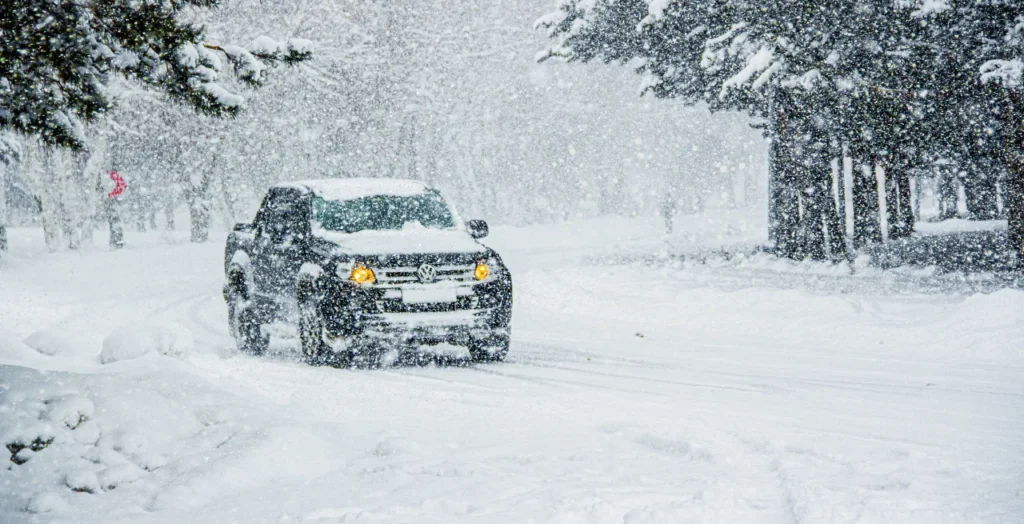Snow Day Calculator
Will school be cancelled tomorrow?
Key Factors:
A Snow Day Calculator is an online or mobile-based tool engineered to predict the likelihood of school closures due to snow or severe winter conditions. Users simply enter key details—like location and school type—and the calculator processes real-time weather forecasts, historical trends, and local school policies to estimate the chance you’ll get a snow day.

The Solution: How to Know If You’ll Get a Snow Day
1. How the Calculator Works
At its core, the Snow Day Calculator merges weather forecasting, statistical modeling, and local school historical data. Here’s how the system tackles the snow day conundrum:
- Location Input: Start by entering your ZIP code or city name. For most calculators, this instantly taps into local weather forecasts covering your area.
- School Details:Select your school type (e.g., elementary, high school, or university) and input the number of previous snow days taken this year. This allows the calculator to align predictions with local district policies.
- Weather Data Integration: These tools connect with trusted weather sources (like the National Weather Service). They factor in:
- Current and forecasted snowfall
- Temperature (including “will it warm up and melt the snow?”)
- Ice potential (since icy roads may be more hazardous than snow)
- Wind speed and direction
- Historical Trends: Calculators use past decisions from local districts, traffic patterns, and school reactions to various weather events for greater predictive accuracy.
2. Advanced Technology
Modern snow day calculators utilize machine learning algorithms to analyze patterns and improve accuracy over time. By continually learning from actual closure decisions and feeding in new weather data, their reliability increases each winter season.
3. Probability Calculation
Once all the inputs are processed, the calculator generates a percentage chance (e.g., “70% chance of snow day tomorrow”) along with a qualitative assessment (“high chance,” “low chance,” etc.). This result reflects multiple factors:
- Weather severity
- Local readiness for winter (plows, salt, road maintenance)
- School type (younger students’ schools tend toward closure for safety)
- Timing and magnitude of the storm
- Previously used snow days (districts with many snow days left may declare another more easily)
Real-World Examples
| ZIP Code | School Type | Snow Days This Year | Prediction | Reason |
|---|---|---|---|---|
| 55401 | Elementary | 3 | 80% | Heavy snow, cold temps |
| 30301 | Public | 0 | 30% | Light snow, low prep |
| M5V | High School | 2 | 60% | Moderate snow, icy roads |
| 60601 | Private | 1 | 50% | Snow during rush hour |
| 98101 | University | 0 | 20% | Universities rarely close |
Region and school policy greatly impact the result.
Benefits of Snow Day Calculators
- Speed: Instant predictions—no more scanning news or waiting for alerts.
- Accuracy: Up to 90% accuracy for short-term forecasts in some calculators.
- Preparation: Helps families plan childcare, commute, and work-from-home needs.
- Fun: Students can enjoy the anticipation and plan how to spend an unexpected day off.
Accuracy and Limitations
Snow Day Calculators are reliable for short-term predictions (1–2 days), especially when they use real-time weather data. Accuracy often ranges from 80% to 90% for imminent storms. However, they’re not infallible—final closure decisions depend on school administrators, sudden changes in forecasts, local road conditions, and factors the model can’t predict (such as power outages).
Why Predictions Vary By Location
Some cities (like Minneapolis or Toronto) handle snow efficiently and rarely close schools, while others (like Atlanta) may shut down for even a minor storm. Calculators automatically adjust for:
- School and regional policy differences
- Local infrastructure and snow preparedness
- Number of snow days used so far
Frequently Asked Questions (FAQ)
1. How accurate is the Snow Day Calculator?
Most calculators claim between 80% and 90% accuracy for short-term predictions, drawing on real-time weather data and historical patterns. Accuracy can vary by region, school district, and changing weather forecasts.
2. What inputs does the calculator need?
Typically: ZIP or postal code, school type, number of past snow days, and sometimes school district details and primary transportation method.
3. Can I use it for any location?
Yes. Most major calculators cover the US and Canada, and some work globally wherever weather data is available.
4. How far in advance can I check for snow days?
Calculators work best for the next 1–2 days. Forecasts beyond two days become less reliable due to changing weather conditions.
5. Why do previous snow days matter?
School districts often have yearly limits for snow days. If many have already been declared, administrators may hesitate before closing again—calculators factor this in.
6. Are there other factors that influence a snow day decision?
Yes. Some less obvious factors:
1.Road conditions and maintenance equipment
2.Local infrastructure strength
3.What time the snowstorm hits (rush hour vs late night)
4.Community safety standards
7. Does the calculator guarantee a snow day?
No. These tools offer guidance, not official decisions. Always check with your school’s notifications or local news before making plans.
8. Is it safe to rely on the Snow Day Calculator only?
While highly accurate, it’s best used in combination with official school alerts, weather reports, and local news—especially for high-stakes planning.
Closing Thoughts
Snow Day Calculators take the guesswork out of winter school closures, providing a smart, data-powered way to prepare for snowy surprises. By harnessing weather science and local trends, they deliver clarity, confidence, and even a little fun to snowy months. Just remember: while they do the math, local administration makes the final call—so cross your fingers and check the percentage!
